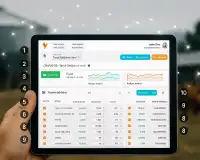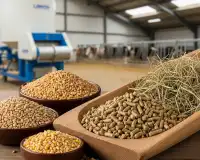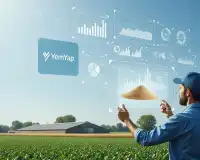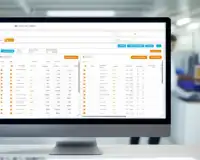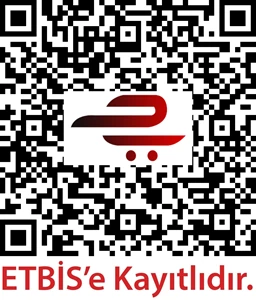Strategies for Increasing Feed Efficiency in Livestock Farming: Maximizing Benefit with YemYap
Feed costs represent a substantial portion of livestock farming expenses. This article delves into **strategies for increasing feed efficiency**, directly impacting profitability, animal health, and environmental sustainability. Discover how YemYap, a modern ration formulation software, plays a pivotal role in these strategies. From balanced rations and quality raw material analysis to minimizing losses and enhancing digestibility, learn how YemYap optimizes every aspect of feed management, providing precise formulations, cost optimization, and valuable data analysis to ensure sustainable success.
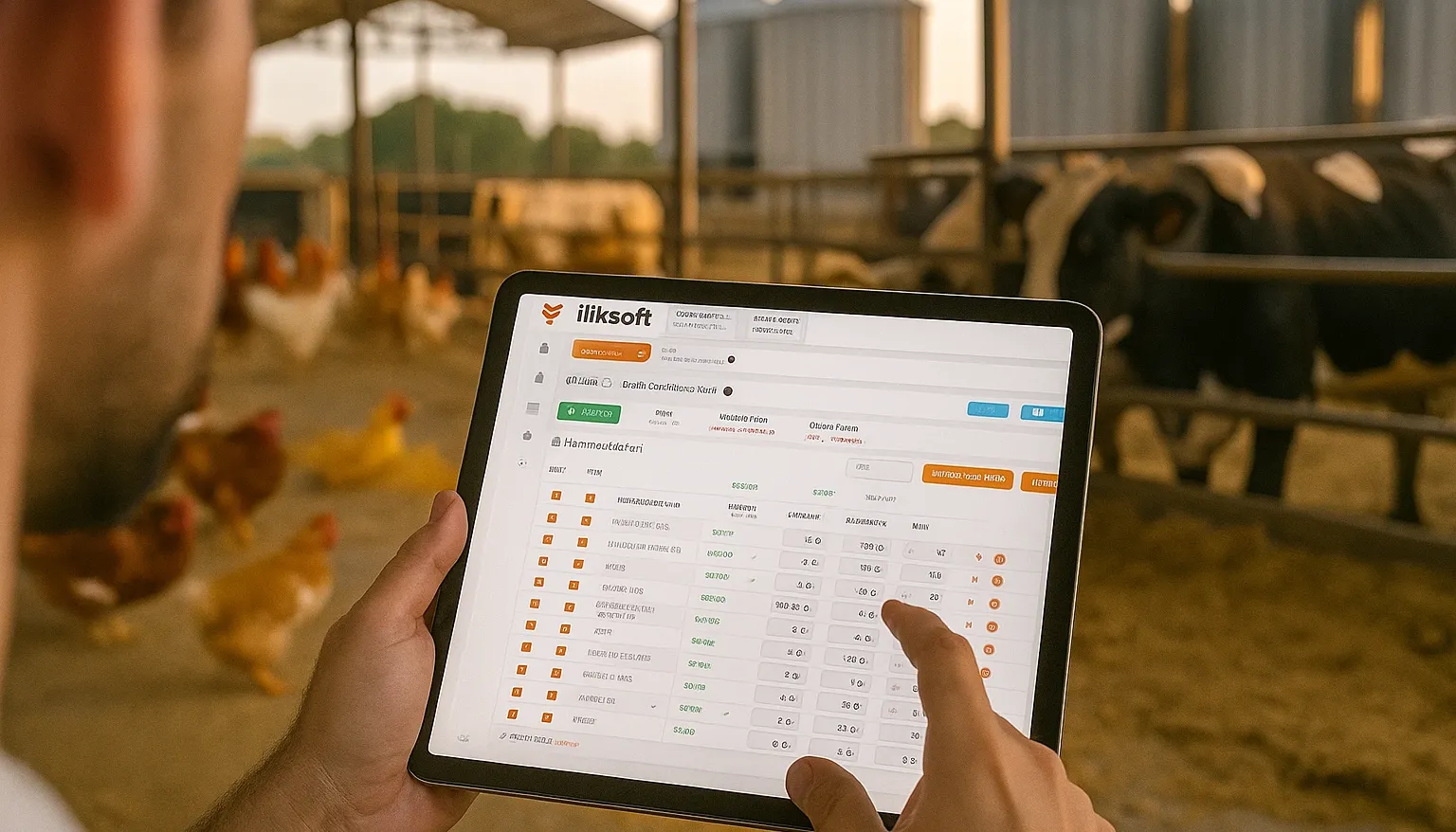
Strategies for Increasing Feed Efficiency in Livestock Farming: Maximizing Benefit with YemYap
Feed constitutes a significant portion of total production costs for livestock businesses. This means that reducing feed costs or increasing the yield obtained from feed has a direct and substantial impact on business profitability. Increasing feed efficiency not only lowers costs but also improves animal health and contributes to environmental sustainability. So, how can feed efficiency be increased in livestock farming, and what role do modern ration software programs like YemYap play in this process?
Key Strategies for Increasing Feed Efficiency
1. Balanced and Optimized Rations
It is essential to meet the precise nutrient requirements of animals based on their age, breed, physiological status (growth, lactation, pregnancy), and production goals. Neither too little nor too much! Ration software like YemYap formulates rations based on scientific data that meet the animal's needs in the most economical way. This prevents performance losses due to nutrient deficiencies or wasted costs from unnecessary overfeeding.
2. Use of Quality Raw Materials and Analysis
The nutritional value and quality of feed raw materials directly affect feed efficiency. Regular analysis of raw materials and keeping their nutritional values up-to-date is critically important. YemYap software allows you to enter current raw material analysis data into the system, ensuring that the ration reflects its true nutritional value and helping you avoid surprises.
3. Minimizing Feed Losses
Feed losses can occur during storage, preparation, and feeding. Factors such as silage and hay storage conditions, feeder design, feeding frequency, and animal access to feed affect feed loss. Ration software helps ensure the precise implementation of the prepared ration, reducing feed selectivity in the feeder and thus preventing waste.
4. Increasing Digestibility and Managing Anti-nutritional Factors
As important as the nutritional value of a feed is how much of it is digested and absorbed by the animal. Feed additives (enzymes, probiotics, etc.) can increase digestibility. Additionally, anti-nutritional factors (substances that inhibit digestion) in some raw materials should be managed with proper processing or formulation. Software like YemYap helps you optimize the integration of different additives into the ration and manage the effects of potential anti-nutritional factors.
5. Animal Health and Welfare
A healthy animal utilizes feed more efficiently. Diseases and stress negatively impact feed intake and feed utilization. A balanced ration strengthens the animal's immune system and increases its resistance to diseases. Optimized rations prepared with YemYap contribute to animal health, indirectly increasing feed efficiency.
The Role of Ration Software like YemYap
In each of the strategies above, ration formulation software like YemYap plays a critical role:
- Precise Ration Formulation: Creates mathematically optimized rations according to the animal's specific needs.
- Cost Optimization: Finds the most cost-effective ration based on current raw material prices and nutritional values.
- Raw Material Management: Keeps raw material inventory, nutritional values, and prices up-to-date, providing flexibility in supply and usage.
- Data Analysis and Reporting: Provides detailed reports on feed consumption, costs, and performance, supporting decision-making processes.
- Scenario Analysis: Offers the ability to simulate the effects of different raw material combinations or price changes on the ration.
Conclusion
Increasing feed efficiency in livestock farming is a strategic goal that goes beyond merely reducing costs, directly impacting animal health, productivity, and the sustainability of the business. Modern ration formulation software, especially solutions like YemYap, offer an indispensable guide and a powerful tool to farmers and feed producers in achieving this goal. Maximize your feed efficiency and gain a competitive advantage with data-driven, precise, and dynamic feeding strategies.
